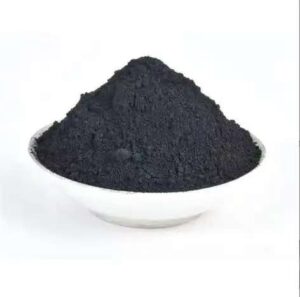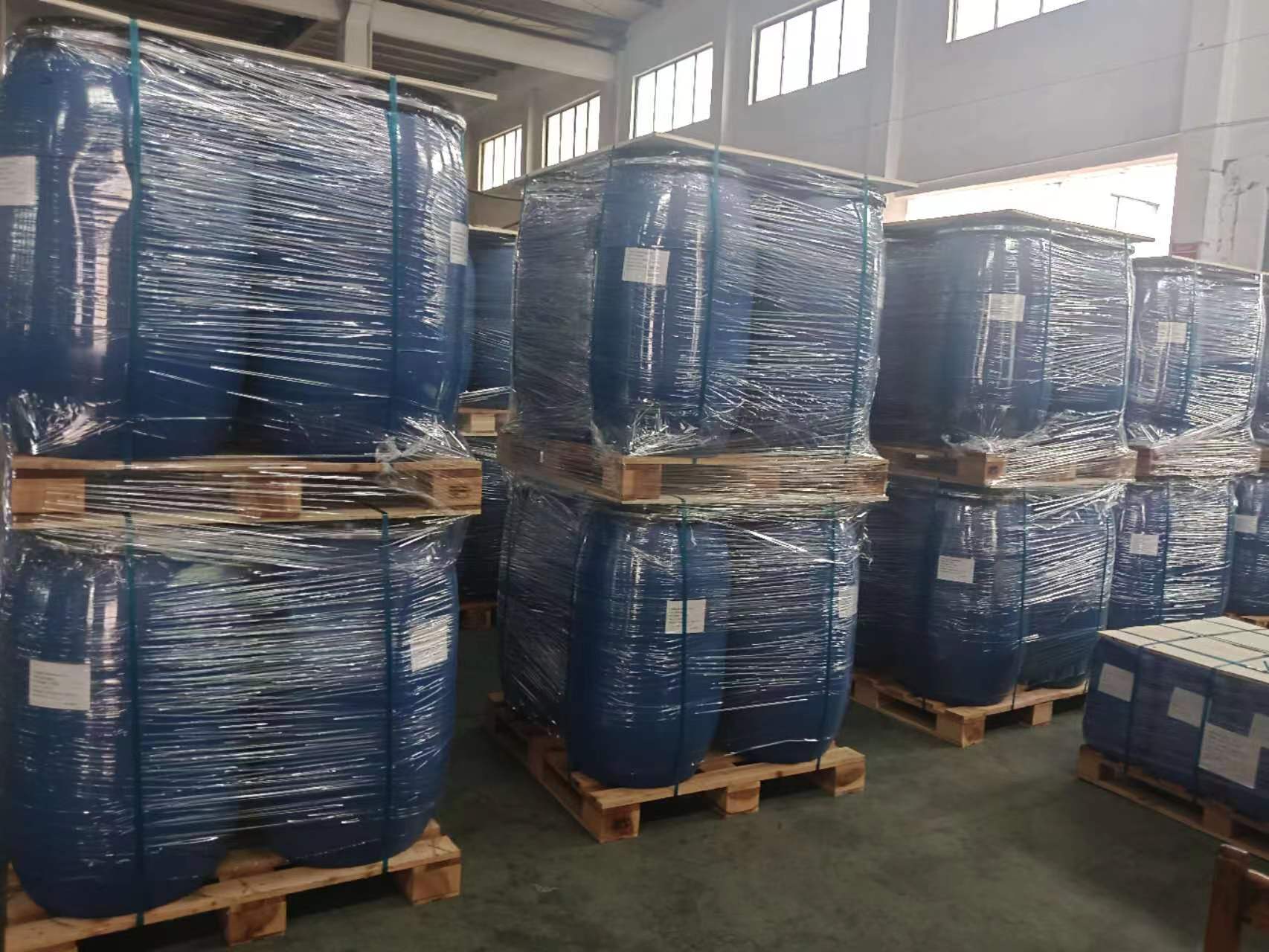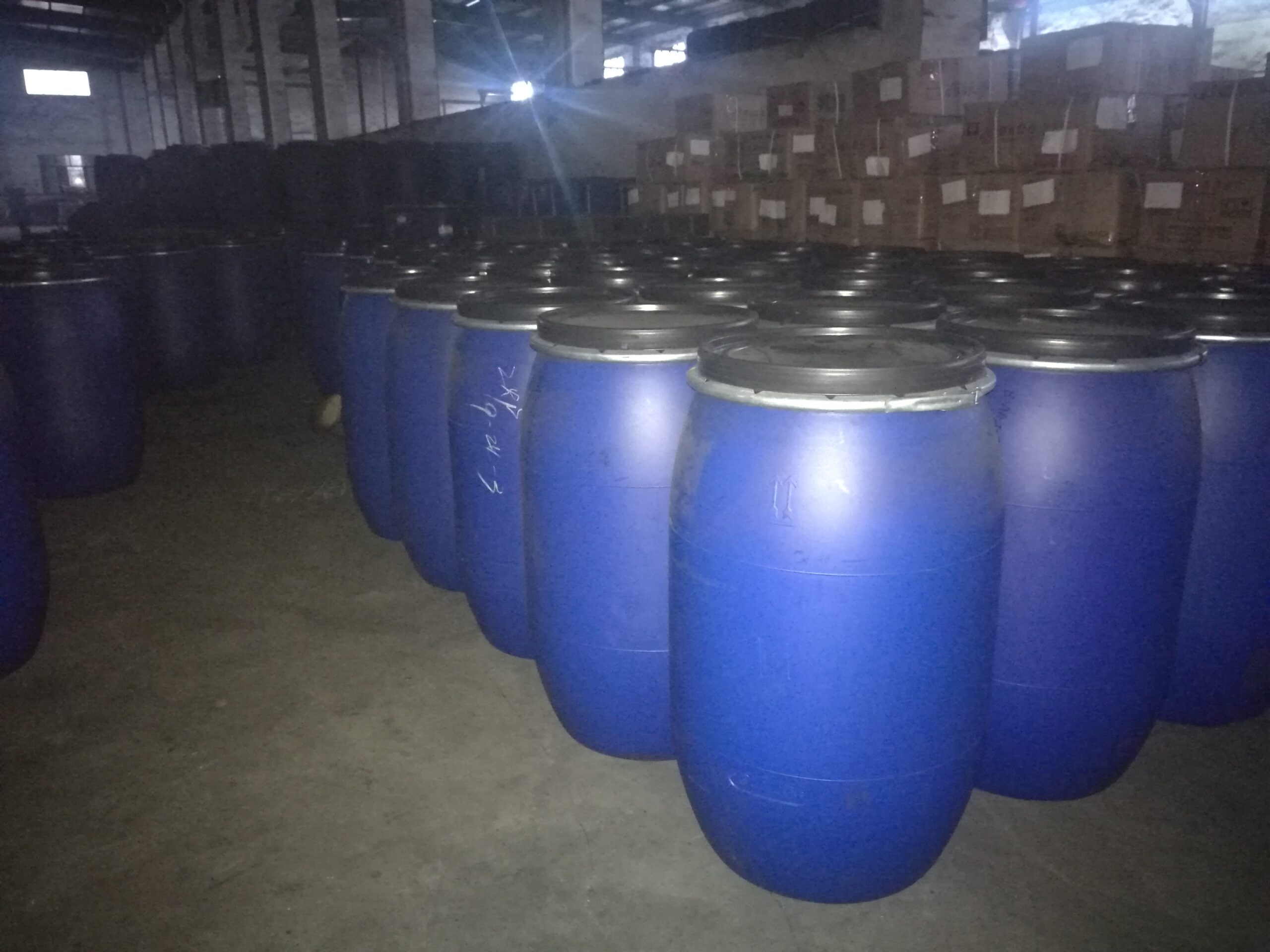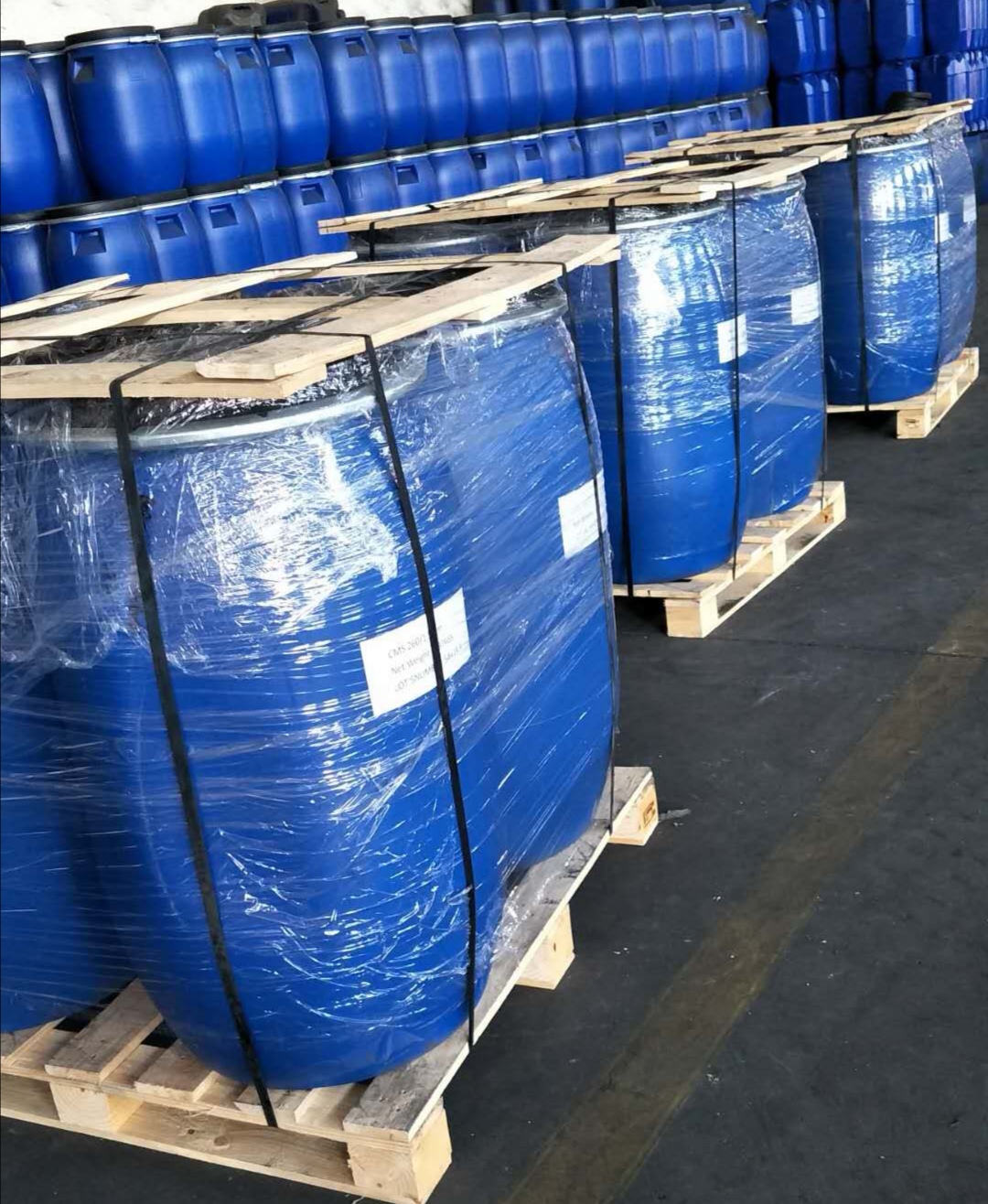The Differences Between Zeolite Molecular Sieves and Carbon Molecular Sieves
一. Structural Differences
Zeolite molecular sieves are porous crystals, mainly composed of silicate aluminum salts. Their structure is relatively complex, formed by the interconnection of tetrahedral units composed of SiO4 and AlO4. The pore size, shape, and quantity all have certain regularities. On the other hand, carbon molecular sieves are a type of organic molecule with periodic pore structures. They are composed of a large number of carbon atoms and a small amount of oxygen atoms, having pore diameters and surface areas similar to those of zeolite molecular sieves, but their structure is simpler and more easily controllable and adjustable.

二. Different Properties
The chemical properties of zeolite molecular sieves are relatively stable, featuring good thermal stability and acid-base stability, and capable of undergoing various chemical reactions such as ion exchange and adsorption separation. In contrast, carbon molecular sieves possess excellent adsorption capacity and selectivity, capable of selectively adsorbing certain specific molecules. Additionally, due to their good catalytic activity, they also have wide applications in chemical synthesis and energy storage fields.
三. Different Applications
Due to the relatively complex structure of zeolite molecular sieves, they have extensive applications in catalysts, adsorbents, separation materials, etc., for example:
1. During the refining process and catalytic cracking operation, zeolite molecular sieves are utilized to separate and process different types of oil products, thereby enhancing the processing efficiency.
2. Utilizing zeolite molecular sieves for water treatment enables the efficient removal of impurities from water, resulting in a relatively pure water source.
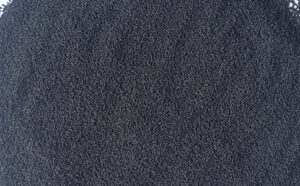
While carbon molecular sieves are mainly applied in areas such as antibody enrichment, molecular sieve materials, gas separation and gas storage, for instance:
1. By using carbon molecular sieves to adsorb and separate organic molecules, it is possible to efficiently separate the components within them and achieve the effect of purification.
2. Utilizing carbon molecular sieves for gas separation and storage enables effective adsorption of gas molecules, resulting in remarkable energy storage capabilities.
In conclusion, zeolite molecular sieves and carbon molecular sieves differ significantly in terms of structure, properties, and applications. Understanding these differences is beneficial for better utilization of these materials and maximizing their application value in industries and research fields.
